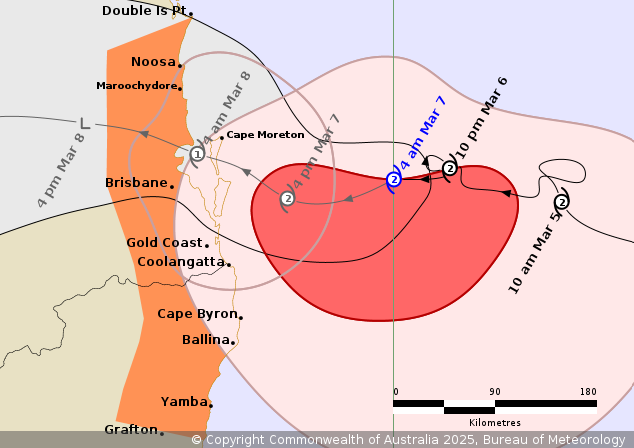
9 tasks to take ownership of your new home
It’s a wonderful feeling when the real estate agent drops the keys of your new home into your hands.
You know the ink is dry on the contract, the weeks or even months of searching are over, and you can begin a fresh chapter in your life.
As you step inside, you’re swept up in the feeling of excitement about everything you’ve achieved, as well as the potential of what is next. An avalanche of packing boxes is about to descend on you!
But before this chaos arrives, it’s a great idea to familiarise yourself with some critical aspects of your new home.
As an experienced agent, we’ve lost count of the times clients have rung a few days after they’ve moved in to ask where to locate the fuse box or garage remote.
Below is a list of features you should check out before you move in plus some common sense ideas to help you get to know your new home inside-out.
- Book services in advance – You should arrange for your hot water service and air-conditioning unit to be serviced. You don’t need to have moved in to make these arrangements. But it’s good to be on site when they come.
- Locate manuals – You should ask the agent to ensure the previous owners have put aside the manuals for the hot water, air-conditioning unit and kitchen appliances. Download any missing ones. And make sure you know passwords for any home security gadgets and where to find the garage remote.
- Make a folder – You should keep all the manuals, invoices and receipts for your equipment in a folder. This will save you hours of fruitless searching when you need to work out how to reset the oven clock (among other things)!
- Find the water shut-off valve – This will be located near your water meter. It might be in the front yard near the fence line, or attached to an exterior wall. A third possibility is an underground box with a lid over the top. When you find it, please don’t touch it unless there’s a problem. It’s just good to know where it is.
- Locate the fuse box – This will be in a grey metal box outside your home and/or you may have a separate box for internal switches depending on the age of the home. Check if each fuse is labelled to indicate which area of the house it supplies. If no issues were raised in your inspection report, it’s still a good idea to call in an electrician to check you have a modern surge board.
- Crawl and climb – Take a torch and get underneath the house. Make a note of any wires and the run of the plumbing. Make sure everything is dry and airflow vents are not blocked. You should approach the attic with the same purpose if you have one. When you’re there, extinguish the torch to reveal daylight seeping through any gaps in the roofing. Check the condition of the insulation batts, too.
- Check alarms – It’s never a bad idea to replace the batteries, especially in the smoke alarm.
- Run the aircon – Turn on the air-conditioning unit and check it’s running correctly. If you have a ducted system, see if each room is getting the benefit of the cooling system. Clean or replace the AC filter, and get it serviced.
- Check the locks – Do you have keys for all the locks? Your agent should have covered this off, but there’s no harm in double-checking. Consider changing the locks, especially for the entry doors. Who knows who’s been given a key by a previous owner – a babysitter, dog-walker, cleaner? Make this a priority on your to-do list.




